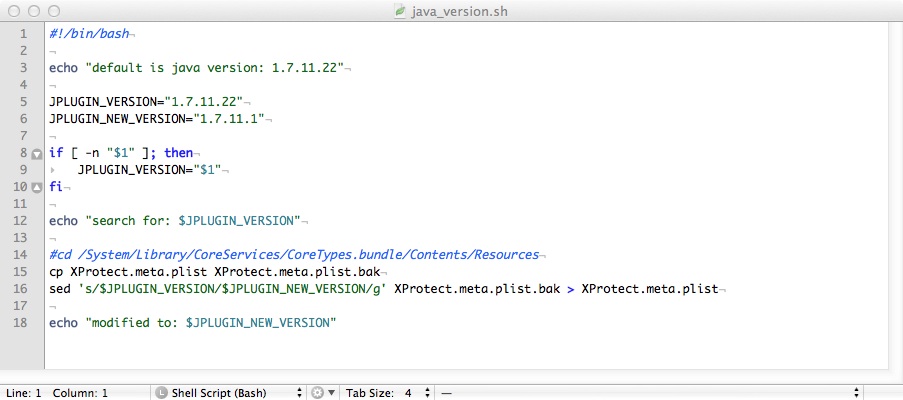so lately Apple has been blocking the java plugin, this is due to some of those crazy java exploits out there. but for those that NEED to have Safari work with the java plugin, here is a little hack that fixes that.
Apple writes out to a file in:
/System/Library/CoreServices/CoreTypes.bundle/Contents/Resources/XProtect.meta.plist
to block minimum java plugin versions. I attempted to use the one provided by Oracle, but still had issues, so to temporary hack is to change the version.
here is a script that does that (must run as sudo):
#!/bin/bash
echo "default is java version: 1.7.11.22"
JPLUGIN_VERSION="1.7.11.22"
JPLUGIN_NEW_VERSION="1.7.11.1"
if [ -n "$1" ]; then
JPLUGIN_VERSION="$1"
fi
echo "search for: $JPLUGIN_VERSION"
#cd /System/Library/CoreServices/CoreTypes.bundle/Contents/Resources
cp XProtect.meta.plist XProtect.meta.plist.bak
sed 's/$JPLUGIN_VERSION/$JPLUGIN_NEW_VERSION/g' XProtect.meta.plist.bak > XProtect.meta.plist
echo "modified to: $JPLUGIN_NEW_VERSION"
download here:
java_version.sh
usage:
$ sudo ./java_version.sh
$ sudo ./java_version.sh 1.7.11.22

